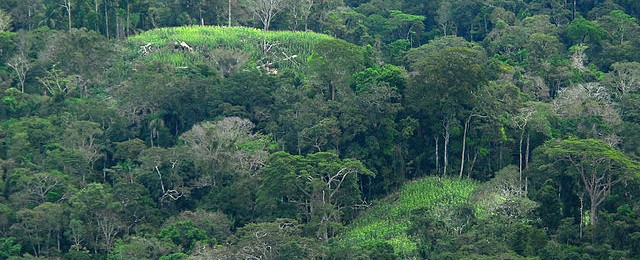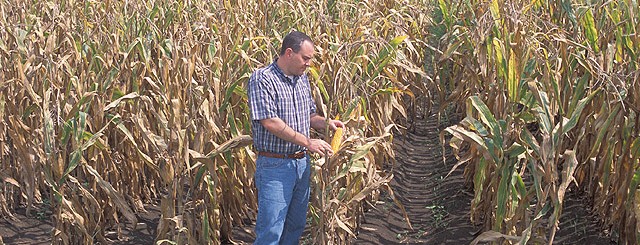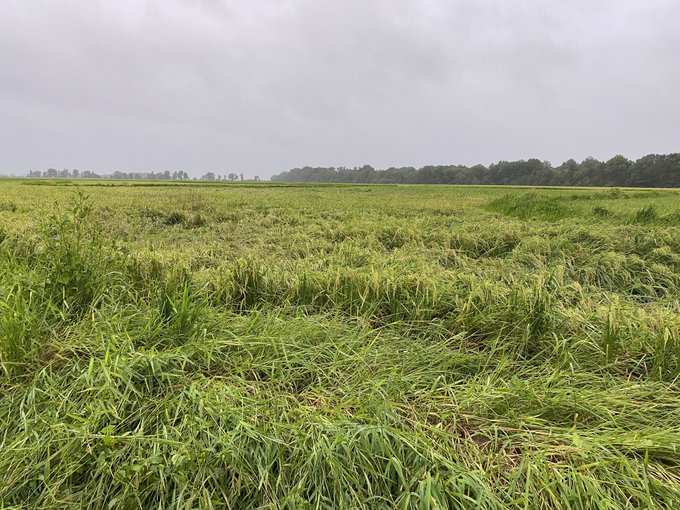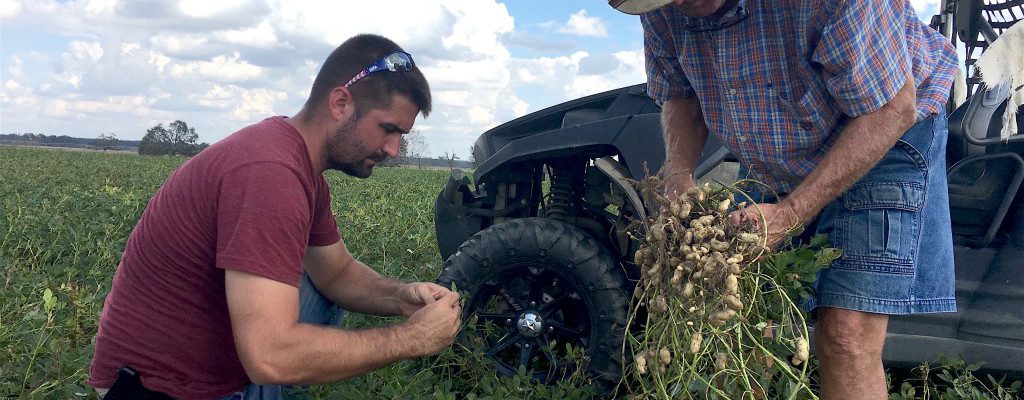Climate and Ag in the news
-

A drier air mass is moving into the Southeast behind today’s front. That should mean cooler and less humid air will be in place for the next few days before humidity returns. Kirk Mellish of WSB has an excellent description of the forecast and how things are changing at his blog here. The forecast dewpoint…
-

Here is a wonderful site which provides sound clips of forests all over the world. I don’t see any from the Southeast but there are clips from Denali to the Western Sahara to New Zealand that you can sample to hear birds, beavers and bees as well as wind and waterfalls. You can try some…
-

UF IFAS Extension posted a story in their Friday newsletter today describing the better than expected yields they are getting from this year’s corn in the Florida Panhandle. A slow start to the season due to cool and dry conditions left corn plants short until rain returned later in the season. Many growers are reporting…
-

Agricultural producers are still assessing the impacts of Hurricane Laura on their crops and livestock. In spite of strong winds and heavy rain that caused power outages and flattened many fields, some areas were less hard hit than originally thought. Here are two articles from Southeast Farm Press which describe some of the damage that…
-

The University of Florida IFAS Extension has put together a very informative video about the many ways that extension agents can help producers with farm management decisions. It overviews testing and calibration, drone surveys, training, and individual consultation. Even though this video was done for Florida, it is a great summary of what extension agents…
-

Historically, people have figured out the flood risk for their property using FEMA flood plain maps, which can be cumbersome to use. Here is a new free and simple tool which provides a quick evaluation of the flood risk on your property on a 1-10 scale, taking into account both historical floods and future climate…
-

If you are reading this on September 1, then welcome to climatological fall! We climatologists use the calendar months of September, October and November to mark the season of fall in the Northern Hemisphere. It might not feel like it down here in the Southeast, but cooler weather, drier conditions, and lower humidity are on…
Posted in: Climate and Ag in the news